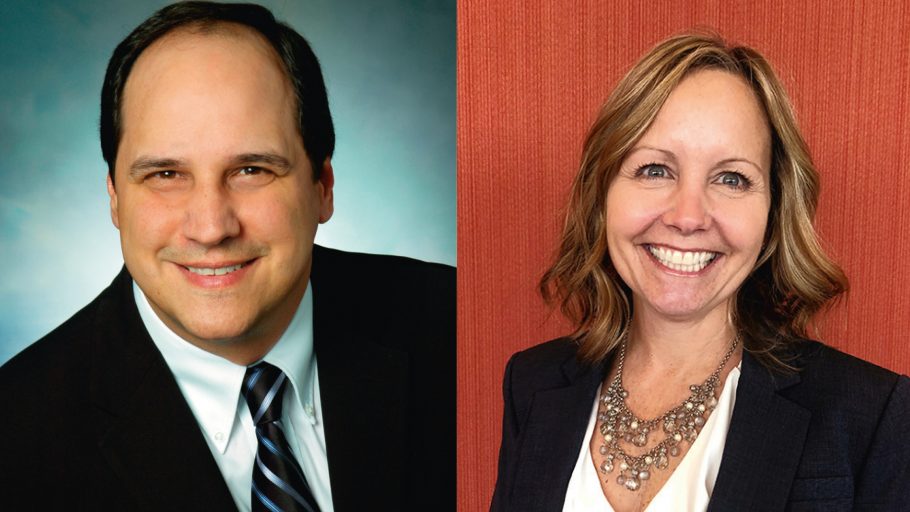Capacity has been the overriding concern throughout the brief history of the hyperscale market. The total number of data centers operated by hyperscale providers doubled between 2015 and 2020. Additionally, Market Intelligence is projecting a compound annual growth rate for the market of 3.38 percent from 2021 to 2026.
By providing the highly reliable and scalable critical infrastructure that hyperscale and colocation providers depend on to meet efficiency and availability goals, Vertiv has been an important partner in helping the industry manage this growth.
To get more insight into the market and how it is moving forward, we interviewed Vertiv’s Vice President of Global Power, Peter Panfil, and their Global Sales Leader for the hyperscale market, Laurie Oswald.
The pandemic created major disruptions in every aspect of society. How were hyperscale operations affected?
Panfil: The pandemic, in many ways, exacerbated the capacity crunch operators were already experiencing coming into 2020. Hyperscale data centers played a key role in helping people adapt to the changes necessitated by the pandemic and feel less isolated throughout it. Demand for video conferencing, streaming, social media, gaming and e-commerce all grew much faster than expected, and that growth occurred in an environment where deploying new capacity was more challenging because of restrictions.

Oswald: One of the things that is occurring today, as operators prepare to support future demand, is faster expansion into secondary markets. Global primary markets have become somewhat saturated, and we are seeing a lot of activity in markets within 10 ms transmission time from primary markets. These markets will play an increasingly important role in the post-pandemic world.
So, the primary challenge for the industry is continuing to build out capacity and expand its footprint?
Panfil: That’s certainly one challenge, but we also saw another development in 2020 not directly related to the pandemic. Many of the leading hyperscale operators launched ambitious sustainability initiatives. We are now seeing something of a race to carbon neutral—and even carbon negative—operations among hyperscale providers.
Oswald: Sustainability has been an important issue for the industry for years, but 2020 marks a turning point where sustainability became the chief driver of decisions related to data center design and operation. This doesn’t mean issues such as availability and safety have been de-prioritized. In fact, the opposite has occurred. The acceleration of digitalization in 2020 solidified the role of the data center as a utility with the accompanying expectation that services will always be available when needed. But capacity growth, availability and safety all must be achieved through methods that move operators closer to the goal of carbon neutral operations. They simply aren’t going to do things today that work against that objective. So, that is driving a new wave of innovation in the way data centers are powered.

How do you see the industry moving forward to achieve those objectives?
Oswald: From a big-picture perspective, they are adopting a strategy focused in three key areas. 1) Matching current energy consumption with renewable energy. This is being accomplished through pilot projects focused on deploying renewable energy at the local level, collaborating with utilities to increase the availability of renewable energy in key data center markets, and through renewable energy certificates and power purchase agreements. 2) The next step is eliminating waste from the power delivery chain through increased utilization and efficiency of critical power systems. 3) The final step will be a change in the paradigm of how data centers are powered, with locally generated renewable power being the norm rather the exception.
ABOUT THE AUTHORS
Peter Panfil
Peter Panfil leads strategic customer development for the Global Power business at Vertiv, using his 30-plus years of data center experience to help operators drive improvements in data center sustainability, availability and scalability. As global sales leader for the hyperscale market at Vertiv.
Laurie Oswald
Laurie Oswald applies her more than 20 years of experience supporting data center applications to enable hyperscale and cloud service providers to maximize the value of their data centers and achieve their business objectives.



